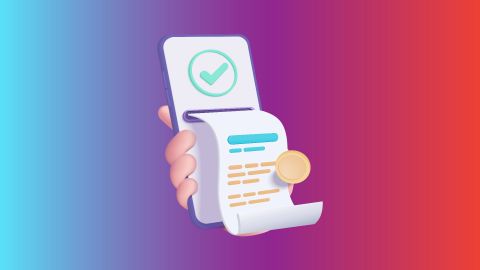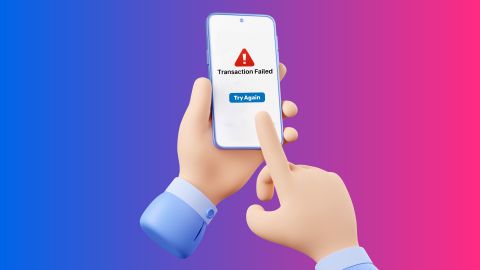When individuals or businesses receive digital rupees in their digital wallets, they are able to use them for various transactions. Although you cannot “BUY” digital rupees in the traditional sense, you can convert your physical rupees into digital form through participating banks. This conversion is seamless, much like depositing cash into a bank account. Platforms that support digital rupee payments, such as Bajaj Finserv, also provide services for making payments using the digital rupee.
To get started, all you need is a digital wallet provided by one of the authorised banks. The digital rupee will then be accessible in your account, which you can use for payments or transfers. Services such as UPI (Unified Payments Interface), available on platforms like Bajaj Finserv, may also integrate with digital rupees for enhanced convenience.
Can we withdraw Digital Rupee?
Yes, it is possible to withdraw digital rupees, although the process is different from withdrawing physical cash. Since digital rupees exist in electronic form, you do not withdraw them in the same way as you would withdraw banknotes from an ATM. However, users can convert digital rupees back into physical cash. This transaction takes place through authorised banks, where your digital currency balance is debited, and the corresponding amount of physical currency is provided.
It is important to note that the digital rupee operates within a closed-loop system of authorised institutions. Once a person receives digital rupees in their account, they can use them to make payments, store value, or transfer money to others. If needed, they can also convert digital rupees into regular currency for cash-based transactions.
Bajaj Finserv’s BBPS (Bharat Bill Payment System) platform may allow users to make seamless bill payments using their digital rupee balance, ensuring a smooth transaction process. As digital payments become more common, the process of withdrawing digital currency will become more standardised and user-friendly.
What are the advantages of Digital Rupee?
The digital rupee offers several significant advantages over traditional currency. First, it eliminates the need for physical cash, which reduces the risk of theft and the inconvenience of carrying large sums of money. With the digital rupee, users can make transactions in a secure and cashless manner, which is especially useful for online and large-value transactions.
Second, it allows for faster and more efficient payments. Transactions made with digital rupees are settled in real-time, reducing processing delays that can occur with traditional banking systems. Moreover, the digital rupee provides greater transparency in transactions since every payment is recorded on a secure digital ledger maintained by the central bank.
Third, the digital rupee can be seamlessly integrated into existing digital payment platforms. For example, users can link their digital wallets to platforms such as digital e-wallets for added flexibility and convenience. These wallets can store digital currency, offering users multiple ways to spend, transfer, or even save their money digitally.
In the long term, the digital rupee can contribute to financial inclusion by providing access to digital banking services to a wider audience. It may also reduce the cost of minting and distributing physical currency, offering economic benefits at a national level.
What are the disadvantages of Digital Rupee?
Despite its benefits, the digital rupee does come with certain challenges and disadvantages. One key concern is the lack of anonymity. Unlike physical cash, which allows for private transactions, digital rupee transactions are recorded and traceable. This may raise privacy concerns for individuals who prefer to keep their financial activities discreet.
Additionally, the widespread use of digital rupees requires robust technological infrastructure. Users need access to smartphones and stable internet connections to make digital transactions, which could be a barrier for individuals in rural or underdeveloped areas. Without the necessary infrastructure, the adoption of the digital rupee may be slower than expected.
Another disadvantage is the potential for cybersecurity risks. Since the digital rupee operates entirely in a virtual environment, it is susceptible to hacking, fraud, and other forms of cybercrime. Although centralised control by the Reserve Bank of India ensures high levels of security, no system is entirely immune to breaches, and users must remain vigilant.
Lastly, the introduction of the digital rupee may cause confusion among users who are unfamiliar with digital payment systems. Education and awareness programs will be essential to help people understand how to use digital currencies effectively and securely.
The digital rupee marks a new chapter in India’s financial landscape, offering a centralised and government-backed alternative to cash and cryptocurrency. While it is not something that can be bought directly, users can access digital rupees through participating banks and use them for secure and efficient transactions. The digital rupee brings multiple advantages, such as reduced cash handling and faster payments, but also presents challenges related to privacy, infrastructure, and cybersecurity.
As India continues to transition towards a more digitally-enabled economy, platforms like Bajaj Finserv BBPS will play a crucial role in integrating digital currencies into everyday financial activities. It is important for users to understand the pros and cons of using digital rupees and to stay informed about developments in this evolving space.




